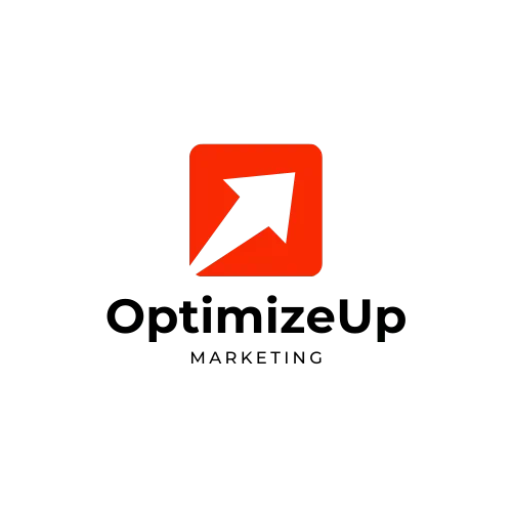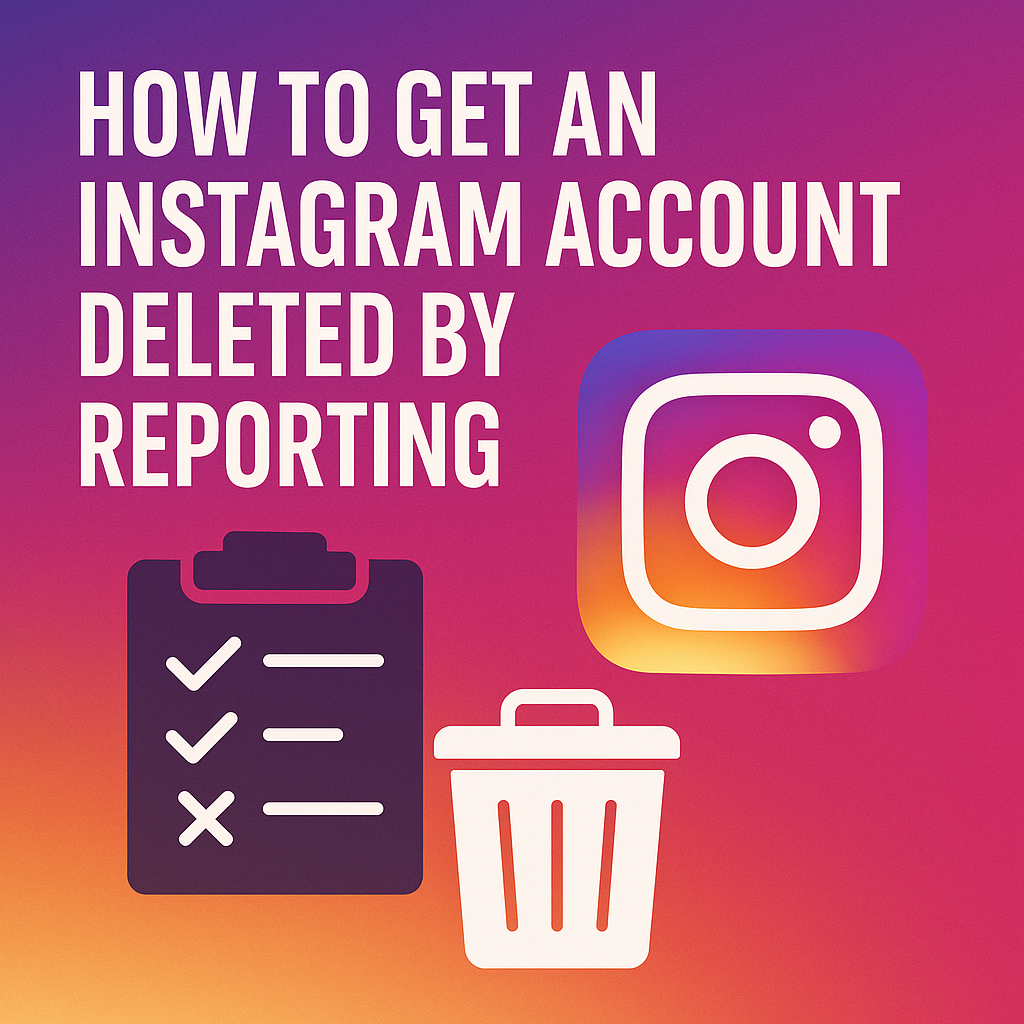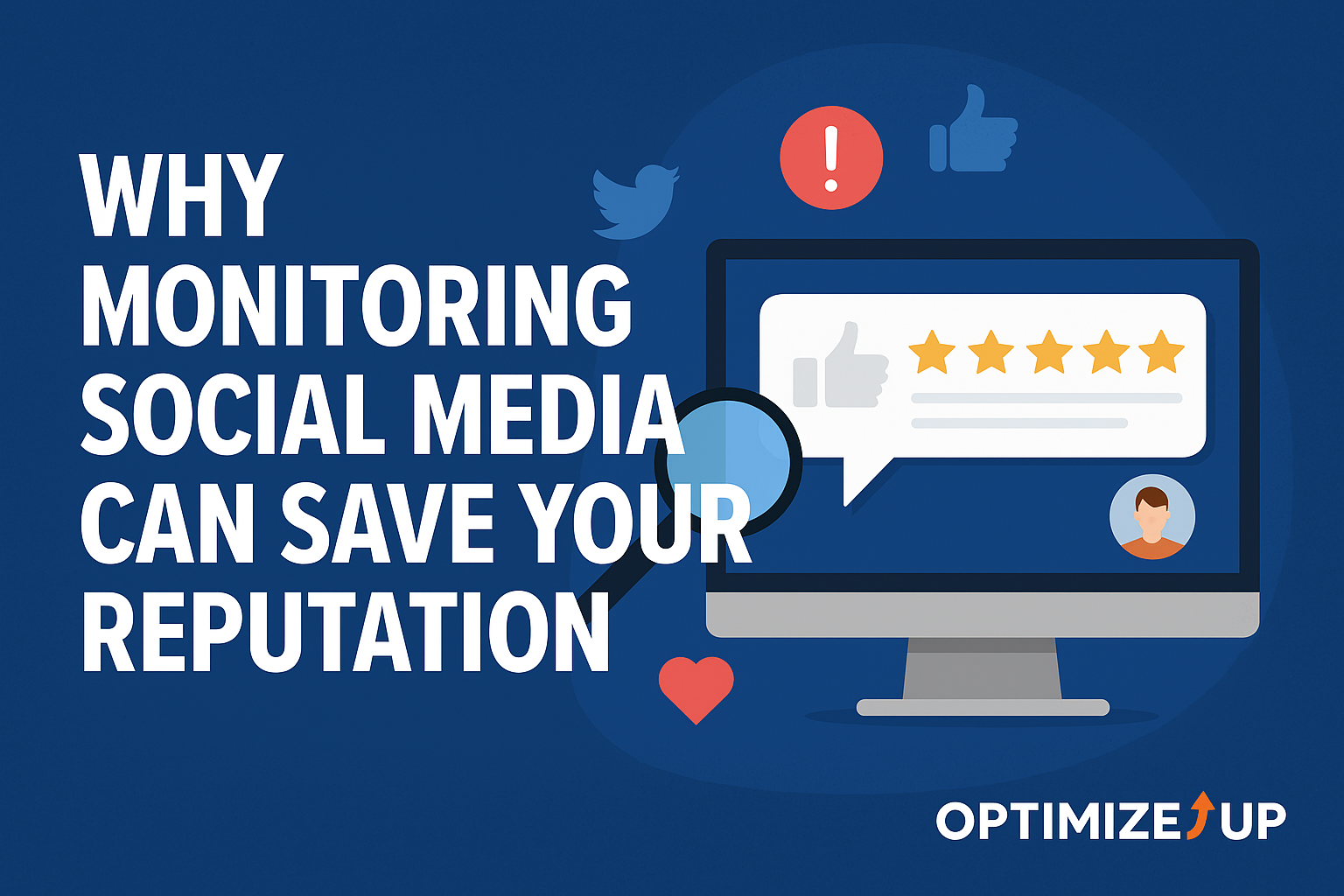Why Social Media Monitoring Is Essential for Brand Success
More than 4.9 billion people worldwide use social media. For brands, this means conversations are happening around the clock—about products, people, campaigns, and competitors. If you’re not monitoring those conversations, you’re flying blind.
Social media monitoring empowers companies to:
- Identify threats before they go viral
- Strengthen customer loyalty
- Respond to feedback in real-time
- Track marketing ROI and brand sentiment
According to Sprout Social, 76% of consumers expect a brand to respond to them on social media within 24 hours. Active monitoring helps meet that demand and establish a brand voice that is responsive, credible, and resilient.
What Is Social Media Monitoring?
Social media monitoring is the process of tracking mentions, conversations, hashtags, keywords, and sentiment about your brand, industry, and competitors across platforms like:
- X (formerly Twitter)
- TikTok
- YouTube
- Forums and review sites
Unlike analytics, which looks at past performance, monitoring is continuous and proactive. It allows you to engage as conversations unfold.
Key Elements to Track:
- Brand name (with and without @ mentions)
- Product and service names
- Misspellings and alternate spellings
- Branded hashtags
- Campaign names and slogans
- Executive and influencer mentions
- Competitor brands and comparisons
Benefits of Social Media Monitoring
1. Crisis Management
- Detect negative sentiment before it escalates
- Respond to misinformation fast
- Coordinate internal PR responses
2. Customer Experience Optimization
- Track complaints and compliments
- Identify gaps in support
- Surprise and delight loyal fans
3. Competitive Intelligence
- Analyze how your competitors are perceived
- Benchmark performance
- Discover opportunities for brand differentiation
4. Influencer Discovery and Collaboration
- Spot micro- and macro-influencers already talking about your brand
- Monitor campaign engagement in real-time
5. Marketing ROI Measurement
- Track campaign hashtags
- Measure brand reach and engagement
- Link social conversations to conversions and lead generation
“Monitoring social media isn’t about spying. It’s about being present where your customers already are.” — HubSpot
Choosing the Right Tools for Social Media Monitoring
There are dozens of tools available for brands of all sizes. Choose based on your platform priorities, team size, and goals.
Enterprise-Grade Tools:
- Brandwatch – Powerful sentiment and trend analysis
- Talkwalker – Multilingual monitoring, alerts, and crisis detection
- Meltwater – PR and influencer integration with media monitoring
Mid-Market Platforms:
- Sprout Social – All-in-one dashboard for monitoring and response
- Hootsuite – Scheduling + monitoring + analytics
- Zoho Social – Affordable, scalable solution for growing teams
Budget-Friendly Tools:
- Mention – Strong alert system, useful for startups and agencies
- Google Alerts – Basic keyword tracking (great supplement)
- TweetDeck – Focused monitoring for Twitter/X in real time
Specialized Tools:
- Awario – Ideal for reputation tracking
- BuzzSumo – Tracks viral content and top authors
- CrowdTangle – Facebook and Instagram tracking (Meta brands)
How to Build a Social Media Monitoring Workflow
Step 1: Define Monitoring Objectives
- Brand reputation protection
- Lead generation
- Customer care optimization
- Campaign tracking
- Executive visibility
Step 2: Set Up Your Keywords
- Company name + common misspellings
- Product names
- Campaign tags
- Industry buzzwords
- Brand name + keywords like “review,” “scam,” “cancel,” etc.
Step 3: Assign Ownership
- Community management for engagement
- PR/Comms for crisis response
- Marketing for campaign ROI
- C-suite for escalation triggers
Step 4: Choose KPIs to Track
- Volume of brand mentions
- Sentiment ratio
- Engagement per post
- Response time to inbound comments
- Share of voice compared to competitors
Step 5: Implement Escalation Protocols
- What’s urgent? Who needs to know?
- Define triage rules for tiered responses
- Keep legal or compliance teams in the loop
Step 6: Report and Refine
- Weekly dashboards for tactical teams
- Monthly summaries for executives
- Quarterly strategy reviews
How Social Media Monitoring Supports SEO
Search and social are more connected than ever. Monitoring can:
- Reveal trending topics for content creation
- Identify FAQs from real customers
- Earn backlinks from earned media coverage
- Optimize brand reputation through proactive engagement
- Help dominate SERPs for branded terms
“Social listening informs SEO by uncovering the language your audience actually uses.” — Moz
Social Media Monitoring in Action: Case Studies
Starbucks
Uses real-time sentiment analysis to tweak campaign visuals and slogans mid-rollout.
Netflix
Tracks fan reactions to releases to determine which actors, quotes, or moments go viral—then uses them in social promotion.
Airbnb
Monitors guest and host feedback globally and uses localized data to drive feature updates.
JetBlue
Leverages monitoring to find and respond to stranded or frustrated travelers in real time, enhancing loyalty.
Patagonia
Uses brand monitoring to engage in sustainability conversations, correct misinformation, and amplify aligned causes.
Best Practices for Brands Using Social Media Monitoring
- Be consistent – Monitoring should be daily, not just when there’s a problem.
- Act on insights – If you find a common issue, fix it. Use praise to inform branding.
- Stay human – Tone matters. Avoid corporate-speak when replying.
- Archive everything – Use listening tools to retain a full history of mentions and sentiment.
- Train your team – Ensure everyone knows when and how to respond.
How Optimized Up Empowers Brands with Monitoring
At Optimized Up, we help brands:
- Set up end-to-end monitoring systems
- Analyze trends and sentiment at scale
- Detect and suppress negative content
- Manage influencer and campaign mentions
- Improve brand trust through real-time engagement
Contact us now to build a monitoring strategy tailored to your brand.
Frequently Asked Questions
It gives brands early visibility into problems, allowing faster, better-informed responses.
Monitoring is real-time tracking of mentions. Listening is analyzing those mentions for patterns and trends.
Yes. Brands that respond to customers publicly and promptly often earn higher loyalty.
Use tools to monitor their mentions, hashtags, and customer feedback. Analyze their engagement tactics.
Start with where your audience is most active. Expand as your resources allow.
Final Thoughts
Social media monitoring isn’t just for crisis prevention—it’s a proactive way to engage audiences, improve performance, and lead your category. Brands that monitor consistently build trust, adapt faster, and outperform the competition.
With Optimized Up by your side, your brand can transform every tweet, comment, and mention into opportunity.
MLA Citations:
Harper, Vanessa. Social Signals: How Monitoring Builds Smarter Brands. Brandwise Media, 2024. “Social Media Monitoring Tools Compared.” HubSpot Blog, 2024, blog.hubspot.com. “Social Listening and SEO Integration.” Moz Blog, 2024, www.moz.com. “2024 Social Insights Report.” Sprout Social, 2024, www.sproutsocial.com.





